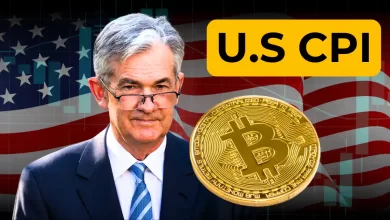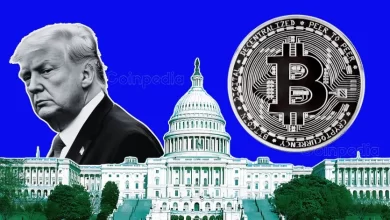
Trump’s crypto remarks sparked a Bitcoin surge to $109K, but concerns remain about potential impacts on non-U.S. entities like Tether.
Coinbase CEO Brian Armstrong hinted at delisting Tether’s USDT if new U.S. regulations require stricter compliance.
Ripple’s RLUSD could gain traction if Tether's dominance wanes.
After Donald Trump’s recent comments on cryptocurrency regulations following his inauguration, excitement swept through the market. Bitcoin hit a new all-time high (ATH) of $109K, recovering from a rough patch. However, many are still worried that these regulatory changes might negatively affect non-U.S. entities, like Tether.
In light of the upcoming regulatory shifts, Coinbase CEO Brian Armstrong


Tether Faces Growing Regulatory Challenges
Armstrong, in an interview with The Wall Street Journal, expressed concerns that future U.S. regulations could require stablecoin issuers to back their reserves solely with U.S. Treasury bonds and undergo regular audits. While Tether already holds a large portion of its reserves in Treasury bonds, its inclusion of assets like Bitcoin and gold could conflict with such regulations.
He also pointed out the challenges Tether has faced in Europe, where the MiCA framework has imposed tighter rules on stablecoin issuers. If similar regulations emerge in the U.S., Tether’s operations could be significantly impacted, even after moving to El Salvador to reduce regulatory risks.
Coinbase Comes In Strong
Despite the issues facing Tether, Armstrong assured that Coinbase is ready to comply with any new laws—even if that means delisting USDT. He also highlighted Coinbase’s strong partnership with Circle, the issuer of USDC, a direct competitor to Tether.
As a major shareholder in Circle, Coinbase could benefit from a regulatory environment that favors USDC, particularly in the U.S. and European markets.
With the stablecoin market valued at $218.7 billion, Armstrong believes that regulatory changes could shake up the current market, giving Circle a better chance to gain market share.
Is the U.S. Becoming More Crypto-Friendly or Just Targeting Non-U.S. Entities?
While the U.S. government seems to be shifting toward a more crypto-friendly stance, Armstrong cautioned that enforcement actions could still target non-U.S. companies like Tether. Two Senate bills that aim to restrict stablecoin issuers have been introduced, but they have not gained much momentum.
Armstrong is confident that Coinbase will support any regulatory changes—even those that could hurt Tether. This could signal a major shift in the stablecoin market, with implications for both issuers and users alike.
New Market Opportunities for Ripple & USDC
If Tether’s dominance weakens, Ripple’s RLUSD and Circle’s USDC could have a better shot at capturing a larger share of the $200 billion stablecoin market. Interestingly, Trump recently held a private meeting with Ripple, sparking speculation that RLUSD could soon gain regulatory clarity and carve out its place in the stablecoin market.
Never Miss a Beat in the Crypto World!
Stay ahead with breaking news, expert analysis, and real-time updates on the latest trends in Bitcoin, altcoins, DeFi, NFTs, and more.
The stage is set for a new chapter in the crypto world, where the balance of power among stablecoins may soon shift.









